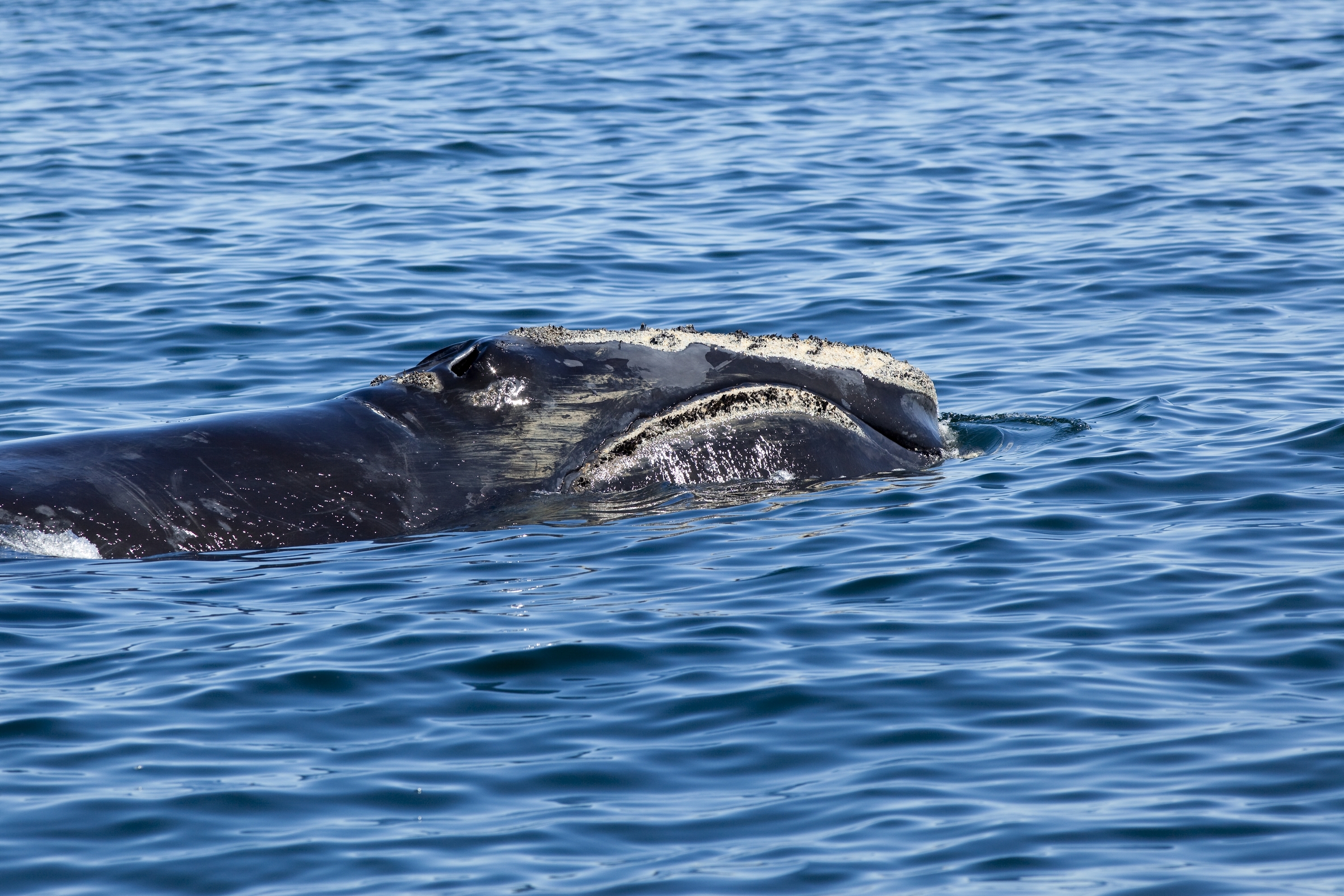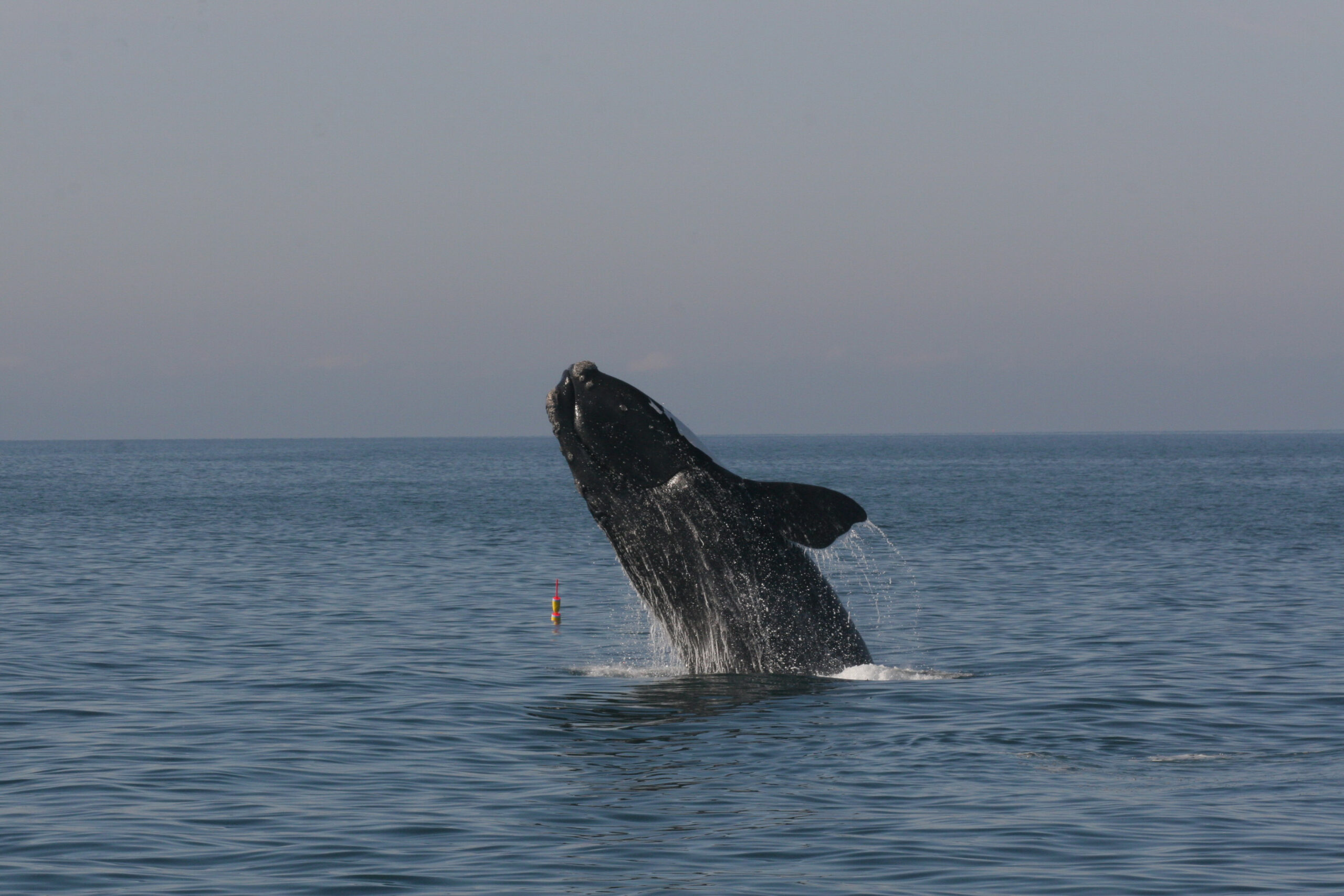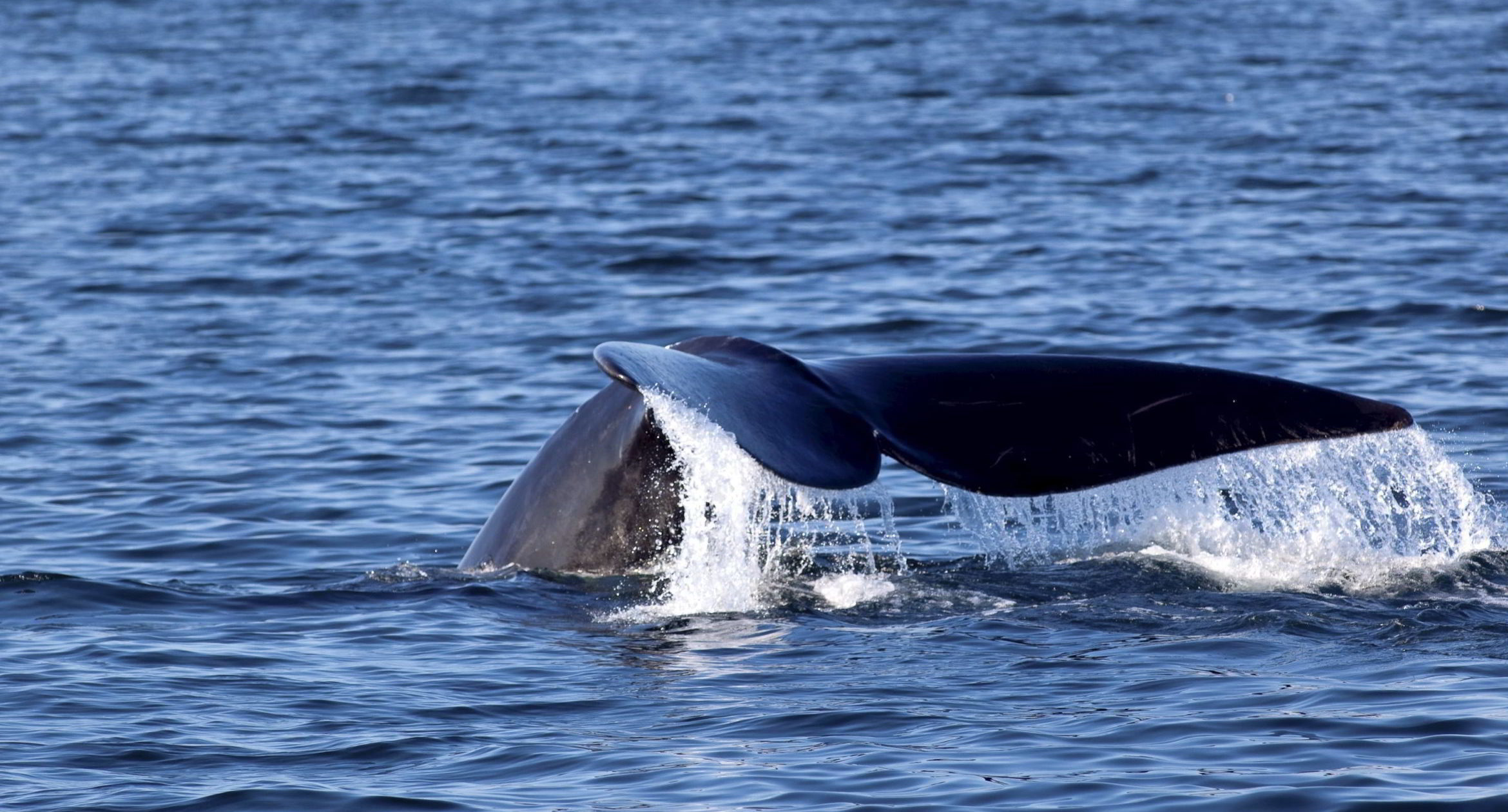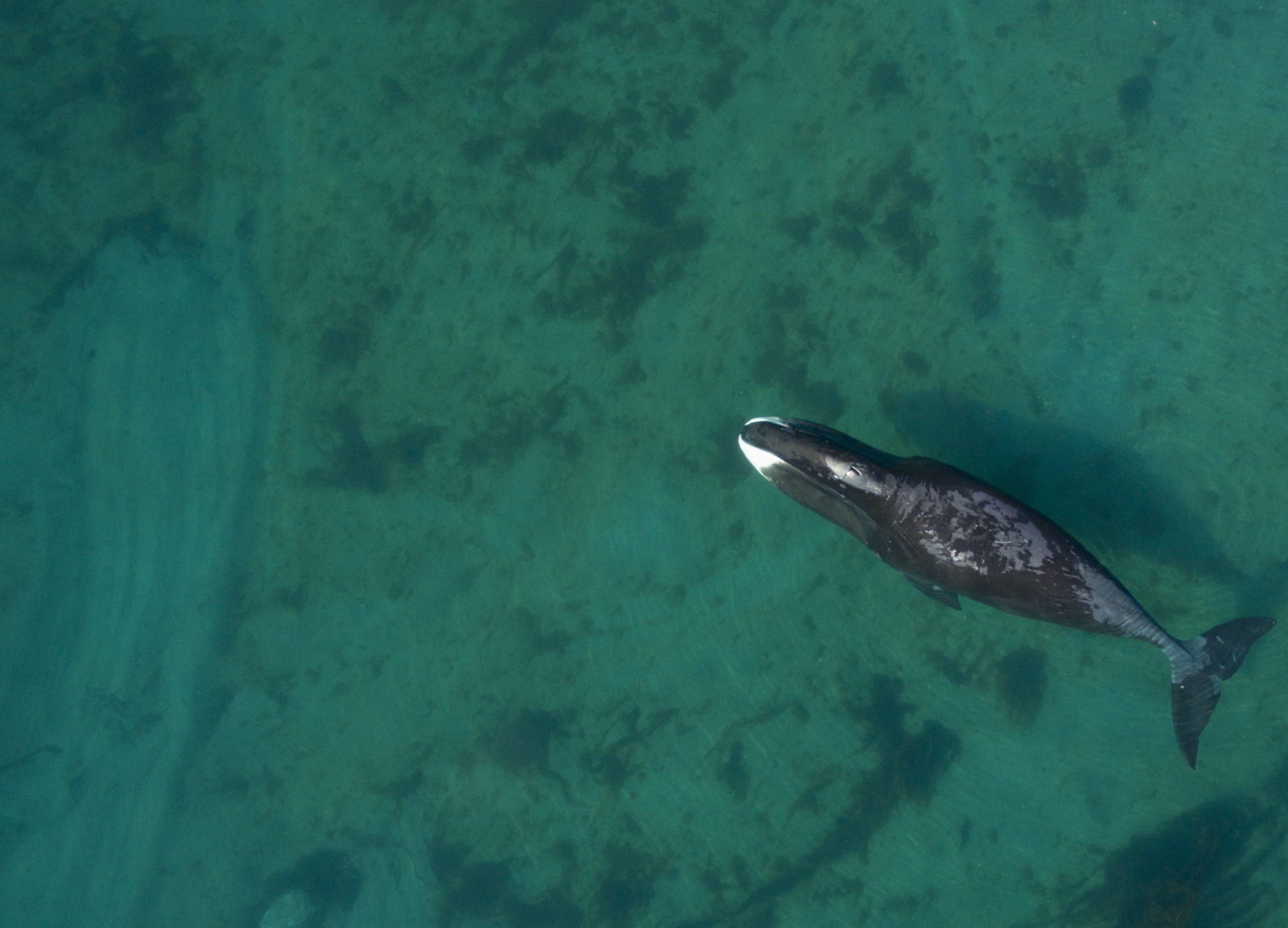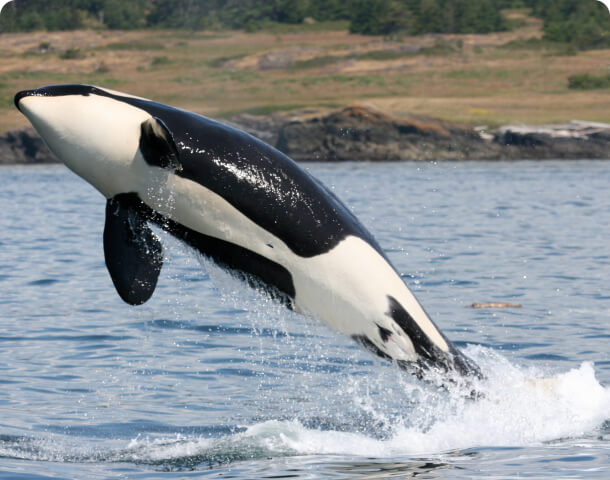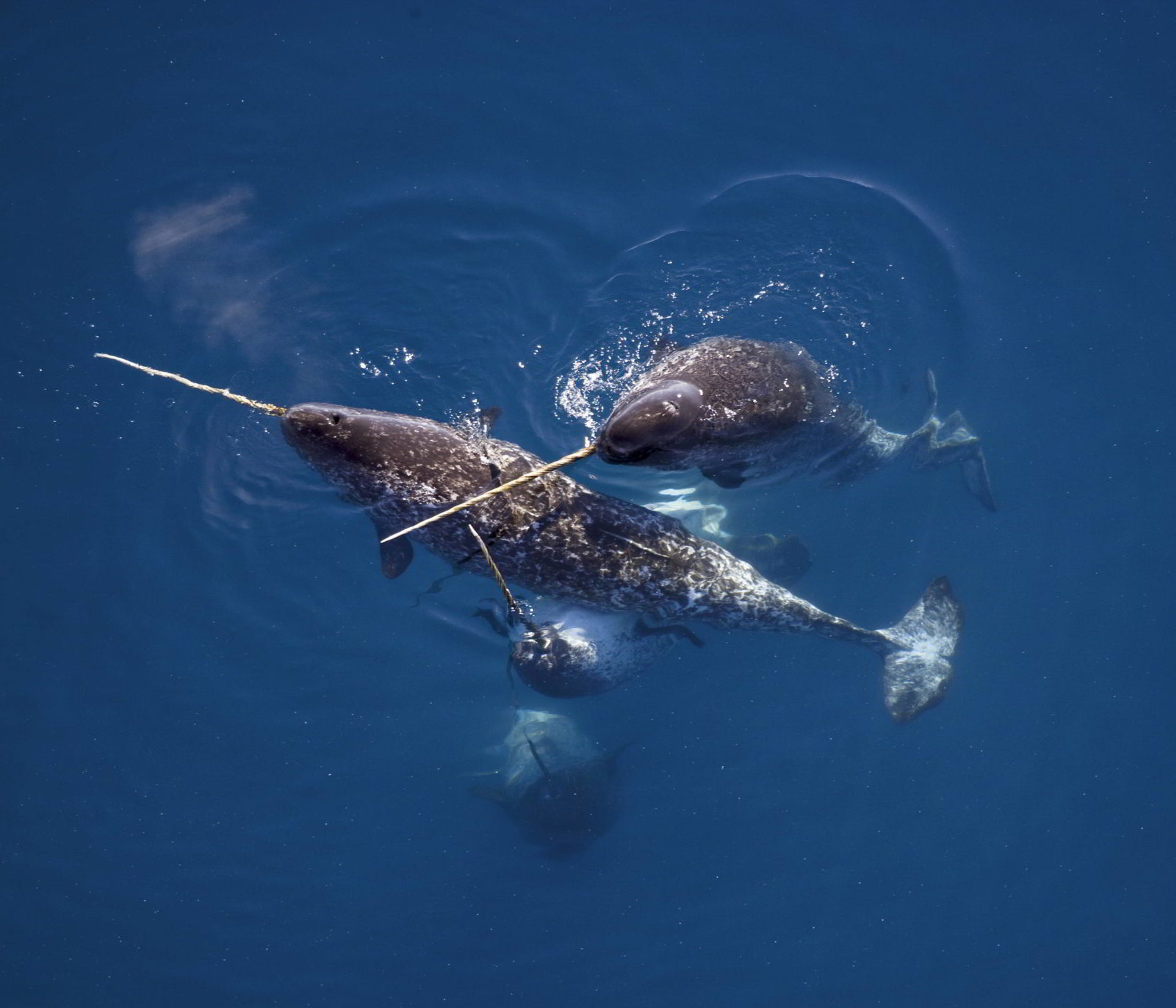By the 1890s, North Atlantic right whales were hunted to the brink of extinction by commercial whalers. Today, the leading causes of mortality are entanglement in fishing gear and vessel strikes. Over 80 per cent of North Atlantic right whales have been entangled at least once in their lifetime.
During the summer, North Atlantic right whales have been increasingly found feeding on zooplankton and krill around the Bay of Fundy, off Nova Scotia and in the Gulf of St. Lawrence. This area experiences a significant amount of shipping traffic and commercial fishing.
A summer of loss
In the summer of 2017, about three per cent of the population was found dead in the Gulf of St. Lawrence. Between June 6th and September 15th, 2017, 12 dead right whales were reported in the Gulf of St. Lawrence. In that period, five also died in U.S. waters. Necropsies revealed vessel collision and entanglement were to blame for this unprecedented event.
In 2019, another eight dead right whales were reported in the Gulf of St. Lawrence, despite management measures implemented to mitigate fishing and shipping threats.

